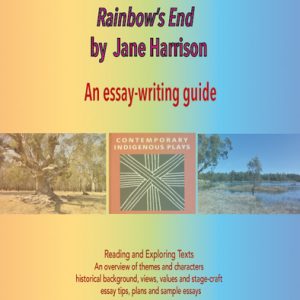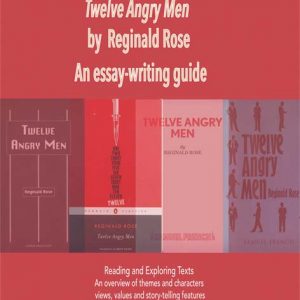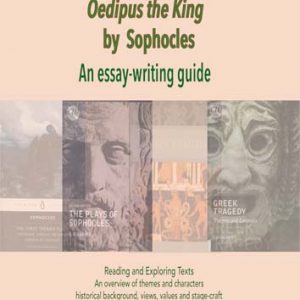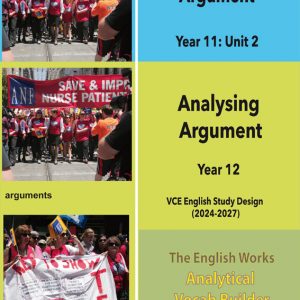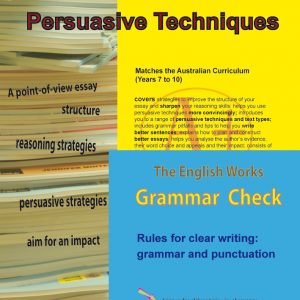Improving the sophistication of your essays: language analysis
1. Where appropriate use signposts throughout the paragraph as you move from the “big picture”/general to the specific.
Big Picture
- The author relies on a range of evidence to support the contention that …
- The author characterises the various stakeholders in contrasting ways to emphasise …
- The comparative depictions of …. reinforce the author’s key point that …
- Analyse the connections between strategies. How do they strengthen or reinforce each other? eg. “Capitalising on his vast personal experience, this author is able to sharpen the attack on the …”
Zooming in : “Specifically, the author …”, “Accordingly, the author …”
2. Embed persuasive techniques and use metalanguage skilfully
3. Try to recognise the links between the techniques and note how they reinforce each other in order to grasp more insightfully the purpose.
4. Subtext: Find at least one or two phrases to unpack, and you may wish to signpost your intentions: “the purpose is two-fold”; “the emotive / metaphoric phrase carries connotations such as ….”; the figurative implications are ambiguous. Firstly, …
5. If the author refers to anecdotes and personal /professional experience etc – read the characters as you would a novel; give good descriptions for their attitudes, values, and experiences; read between the lines.
6. Use tone words adverbially for simplicity and sophistication.
Writing essays for context
Your essays must be fluent, coherent and well structured. You must also show that you have a good grasp of the key ideas, themes and issues in the text(s).
You are often encouraged to come up with a fresh and original piece of work for Context. However, many “good” pieces often do not get the mark they may attract because students get “lost” in the story. No matter how you craft your piece, you must bring out the ideas clearly: think about at least 3 key ideas. Start with the most obvious point to launch your discussion. (You do not achieve depth by constructing a confused and contradictory piece of work. You will achieve depth by conveying clear ideas and a progression of thought. To do this, you must have a clear base to launch your discussion. Remember: the first most obvious and simple point is often critical to the development of your piece.)
essays: here are a few ways to improve your “depth
- avoid making sweeping generalisations. If you include information “outside” the text, make sure that you include relevant, accurate and specific details; include a quote from an authority/expert. If you are referring to a complex example, using an expert or quote from an eye-witness will help sharpen the focus and give you a specific “angle”;
- to ensure a coherent thread running throughout your context essay, think about your best examples from the core text, and find the most pertinent similar/different examples “outside” the text;
- you may wish to compare and contrast examples to show how people react in different ways or how situations differ; this shows that an “idea” is not straightforward;
- use key quotes and ideas from authors, poets or social and political commentators. Sometimes a comment from an expert is worth an entire paragraph of explanation;
- avoid repetition in the paragraph: make sure you unpack the idea in sufficient (analytical) detail;
- ensure that you have three key, and sufficiently different ideas, to shape your essay; where possible show a progression of ideas; if you develop your argument sensibly, show a contradiction, an irony or a problem during the final third of your essay. Therefore, you suggest, there can never be a clear, straightforward and obvious response. There are always exceptions.
- “extra” examples should be clear and concise and add to the ideas in the essay: be careful using movies as “extra” material; if you need to give too much background then it is not a good example; the example must be concise and clear; the reader must be able to effortlessly grasp its purpose.
